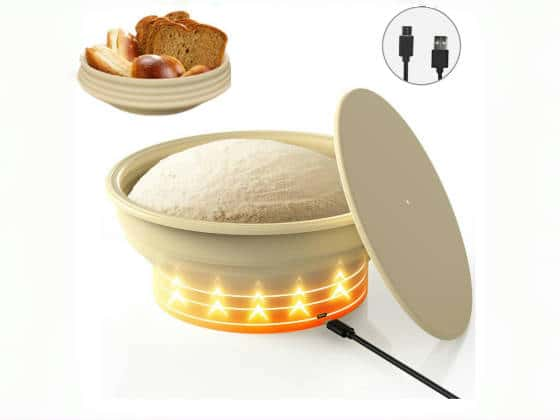
In today’s world, where energy costs are steadily increasing, finding ways to lower your utility bills is more important than ever. One of the simplest yet most effective methods to achieve this is by unplugging appliances that remain on standby. While it may seem like a minor adjustment, the cumulative effect of unplugging devices can lead to significant savings over time. Let’s explore how this practice can help you reduce your energy bills and contribute to a more sustainable lifestyle.
Understanding Standby Power
Standby power might account for 5% to 10% of your overall energy use. This may not seem like much, but it may add up over time.
Cost Implications: On average, homes may squander $100 to $200 each year owing to devices left plugged in.
Environmental Concerns: Wasting energy increases carbon emissions, which contribute to climate change.
Identifying Energy-Hungry Appliances
Common Appliances That Consume Standby Power
Television and DVD Players: Many current televisions consume between 1 and 10 watts on standby. Over time, this can lead to severe energy waste.
Gaming consoles: These gadgets can consume as much energy in standby mode as they do when being used, typically between 10 and 20 watts.
Chargers: Phone and laptop chargers frequently consume power even when the device is not attached.
Kitchen Appliances: Plug in electric stove and cooktops often draw standby power to maintain control panels or clocks. Even when turned off, these appliances can contribute to phantom load—unplugging them when not in use (or using a smart plug) adds to savings. Microwaves and coffee makers can require a modest amount of power to maintain settings or illuminate displays.
The Benefits of Unplugging Appliances
Financial Savings
- Lower Energy Bills: By unplugging devices, you can reduce your monthly energy consumption, leading to lower utility bills.
- Extended Appliance Lifespan: Reducing the wear and tear on electronics can prolong their lifespan, saving you money on replacements and repairs.
- Reduced Phantom Load: Cutting down on standby power helps lower your overall energy usage, which can make a noticeable difference in your bills.
Environmental Impact
- Reduced Carbon Footprint: Using less energy means you’re contributing to lower greenhouse gas emissions, which is beneficial for the environment.
- Promoting Sustainability: By taking steps to unplug devices, you are supporting a more sustainable lifestyle and encouraging others to do the same.
Practical Steps to Reduce Standby Power
Use Power Strips
Power strips can be game changers. Plugging several devices into a single power strip allows you to turn off multiple devices with a single switch. This makes it easier to unplug gadgets that are not in use.For larger appliances like plug in cooktop or electric stove tops, consider a heavy-duty power strip with a surge protector. This lets you cut all standby power safely with one switch
Smart Plugs
Consider purchasing smart plugs, which allow you to operate your equipment remotely via a smartphone app. These connectors can automatically turn off power to appliances when they are not in use, adding convenience and efficiency.
Create a Charging Station
Set aside a special location for charging devices, and unplug them when not in use. This contributes to reducing wasteful energy use from chargers that are left plugged in.
When to Keep Appliances Plugged In
While unplugging appliances is beneficial, there are certain devices that should remain plugged in for practical reasons.
Essential Appliances
- Refrigerators and Freezers: These appliances need to stay plugged in to maintain proper temperatures and preserve food.
- Internet Routers: Unplugging routers can disrupt your internet service, so it’s best to keep them connected.
- Alarm Clocks and Essential Electronics: Devices that require constant power for functionality should remain plugged in.
- Exception: Plug in electric stove and cooktop should typically stay connected if used daily, but unplug them during extended vacations to save energy
Measuring Your Energy Consumption
Using Energy Monitors
Consider employing energy meters to track the use of certain gadgets. These gadgets can provide real-time data on how much electricity is being consumed, allowing you to pinpoint which appliances are the main culprits.
Estimating Savings
You can estimate possible savings by unplugging a few standby power-consuming equipment. For example, unplugging five devices that each use 5 watts might save you between $1 and $1.50 every month.
Conclusion
Reducing energy bills by unplugging appliances on standby is a straightforward yet impactful way to save money and promote sustainability. By understanding standby power, identifying energy-hungry devices, and implementing practical strategies, you can make a significant difference in your energy consumption.
Embracing this proactive approach not only benefits your wallet but also contributes to a healthier planet. So, take the first step today: unplug those appliances and watch your energy bills decrease!










